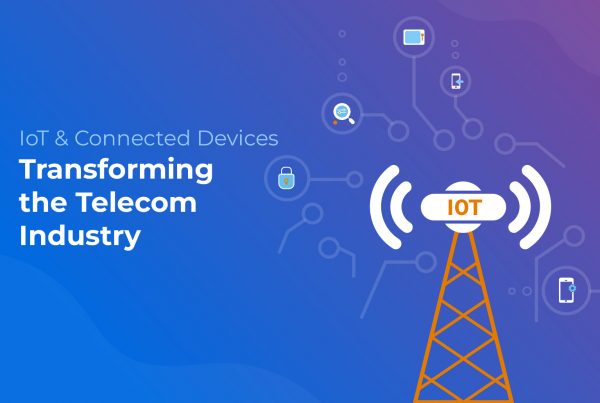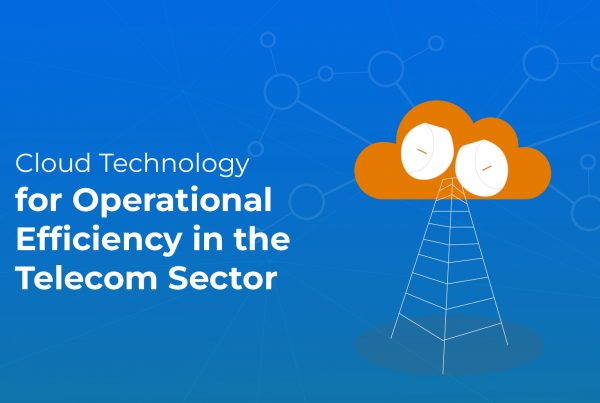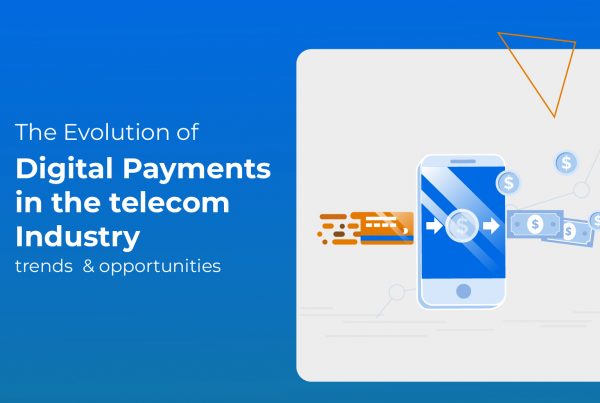What is Cloud Native Computing?
Cloud native computing is the key to unlocking the full potential of next-gen technologies like 5G and ascertains greater scalability, intereopolibility, and higher efficiency than ever before. The core business value of cloud native applications is their ability to enable innovation and business agility.
In a nutshell, cloud native computing facilitates faster time to market and operational efficiency, as the software is both broken down into smaller components and decoupled from the hardware to allow more flexibility.
Cloud Native technology is anything that can be created and developed in a cloud environment; and some of the most common principles of cloud include:
- Microservices architecture
- Continuous deployment
- Containers to facilitate the speed and efficiency of introducing new functions
- Elastic scaling capabilities
- Increased digitization and automation; which is required to keep up with the constantly evolving competitive landscape

How It Improves Systems
Cloud applications decompose the software into smaller and manageable containers (pieces), which can be done through the microservices architecture. This is a pattern of design which aims to create a structure with functional decomposition to maintain high cohesion within, and low coupling between systems. This ascertains that the complex tasks or functions are decomposed into smaller domains and closely related functions are grouped together.
Additionally, the low coupling allows very little interaction between the functions and allows components to be deployed independently, which not only creates less dependencies but also allows to make changes easily. The differentiating factor in this architecture is that each piece or container of software can be upgraded, scaled, and deployed individually, which reduces dependencies to a great extent.
Impact of Cloud Native Computing
A Capgemini research identifies two groups of executives, cloud-native leaders and cloud native laggards. The leaders and propagators of cloud are developing more than 20% of their applications in the cloud environment, fueled by the need to enhance their customer experience, collaboration, and velocity. They are leveraging the power of cloud native to not only adapt quickly to the rapidly changing market trends, but to also bank on opportunities more quickly than the laggards.
42% of the companies have made cloud native a priority as a key investment area, according to a 2020 Annual Industry survey, because it serves as an enabler for technological transformation for telecom operators.
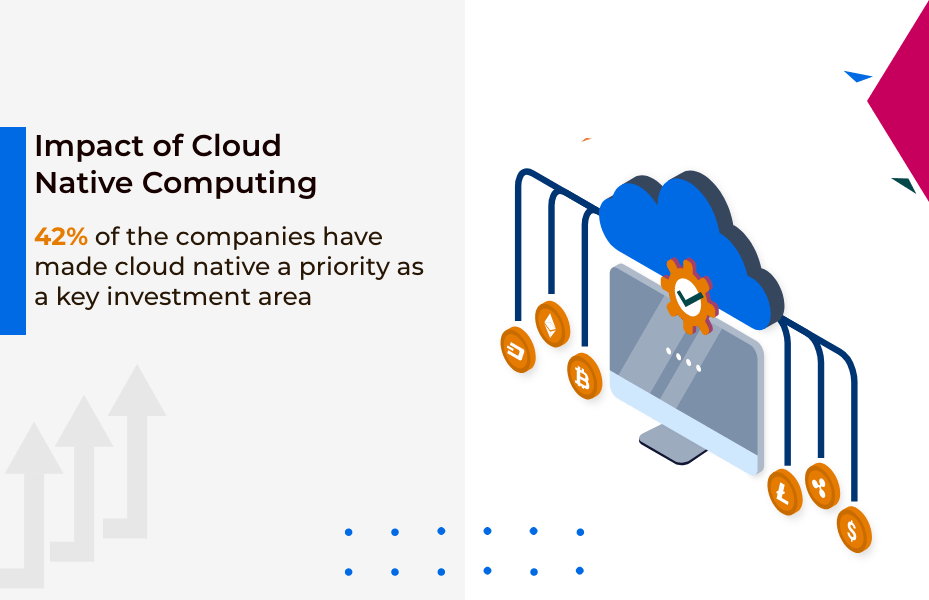
In a recent interview, Marcus Brunner, Swisscom’s Head of Standardization, Open Source and Ecosystem Development, stated that “It’s clear that the cloud native way of doing things is sort of the current best practice in all other industries, and so we need to adopt it…I don’t see how we cannot do it.”
What measures do telecoms need to take for cloud integration?
Even as the number of new enterprise applications that are built in cloud native are increasing exponentially, there are certain challenges associated with this. More often than not, telecom CIOs and leaders are not aligned with their IT priorities, whereby the inherent waterfall culture and lack of technical skills can hinder the continuous delivery that is necessitated for cloud adoption.
Additionally, the legacy architectures and systems that are still present in companies are major obstacles to the integration of cloud-native systems.
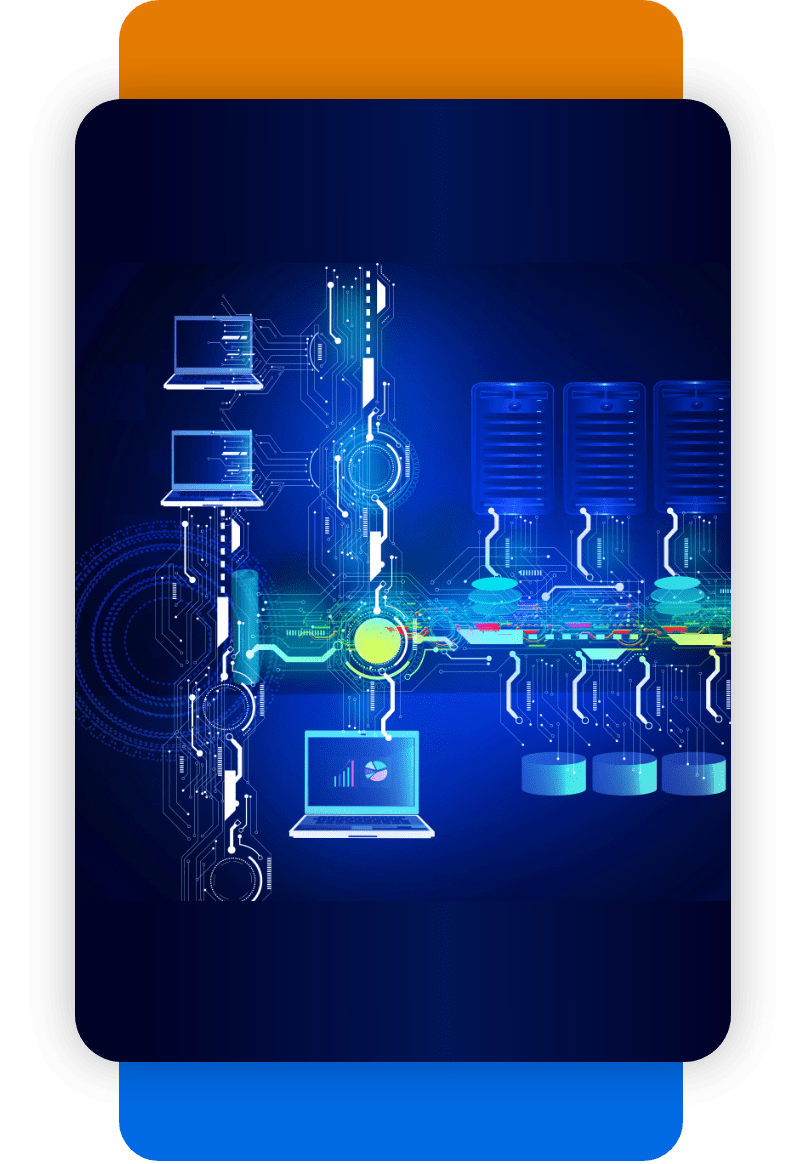
Due to the shift from traditional hardware to cloud, it is imperative for companies to move to Microservices Architecture to facilitate the change and enable a seamless integration across the board. This architecture allows for more decentralised business rules and removes the complexities related to having a single orchestrator handle multiple different requirements. With the decentralised modules of the Microservice architecture, the right orchestrator can be selected per use case to handle the end to end lifecycle of the transaction.
In essence, the power of the microservice architecture stems from its ability to clearly define responsibilities and distinguish boundaries between them.
Impact on Digital Transformation
Given that SaaS companies are running more strategic application workloads, cloud computing is becoming a focal point for MNOs due to the scale, agility, cost-efficiency, and ubiquity of cloud.
It has also triggered a paradigm shift in the telecom industry and driven innovation in business operations. By providing new platforms for creating and delivering business value, the cloud also allows companies to explore unique revenue growth opportunities as they can transform their position in the value chain and penetrate new markets and industries, thereby gaining a competitive advantage. Additionally, they can also reduce costs by only paying for the services that are in use instead of the full board.
With cloud computing, applications are not only run in the cloud environment, they are also created and maintained within it, instead of being on on-site premises. Due to this, the users are able to adapt to evolving business needs both quickly and cost-efficiently.
Some of the key differences between a legacy system and a cloud native system are:
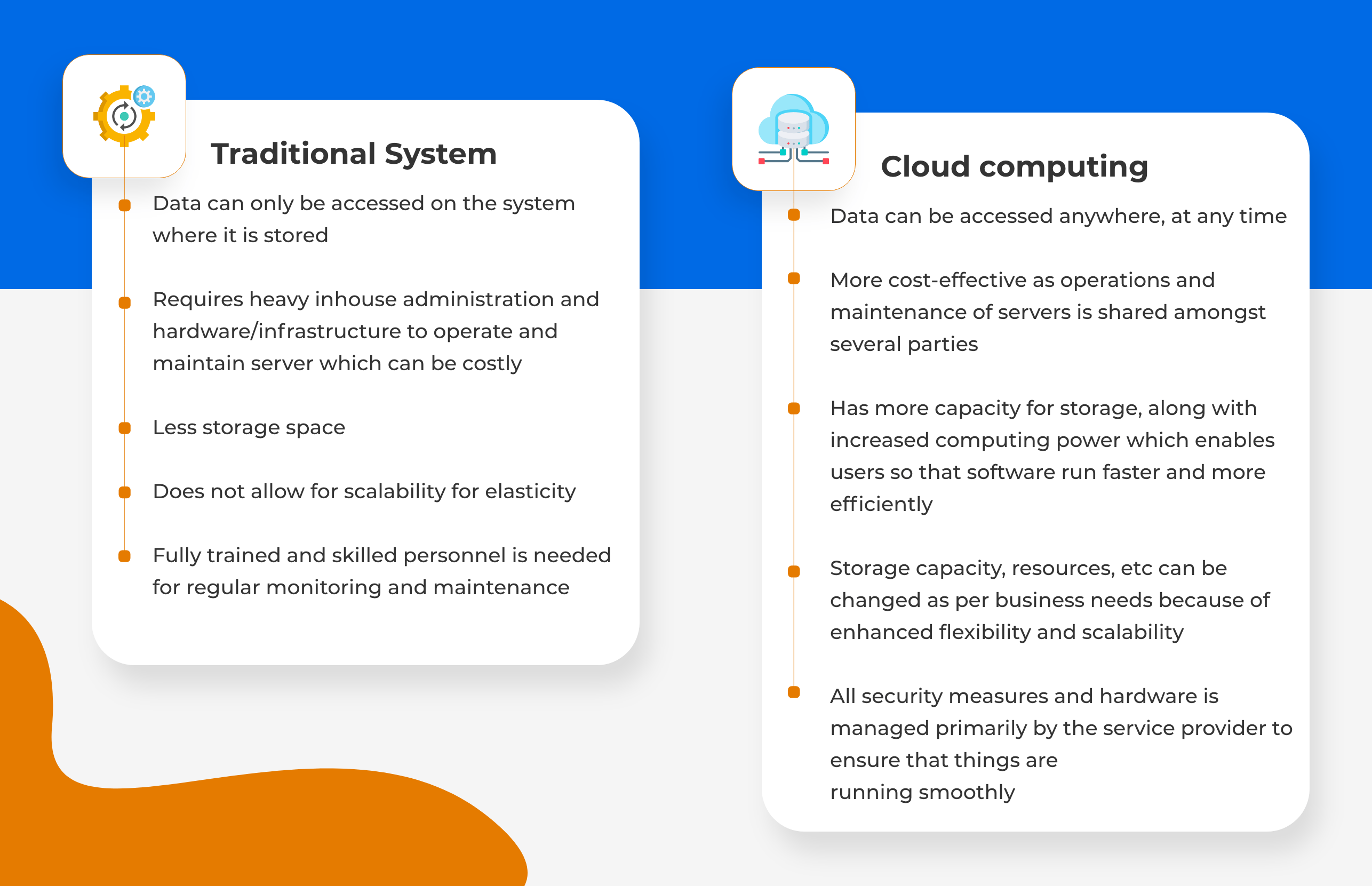
Urgency to adopt cloud computing
With the enhanced functionality of cloud native architecture, there is a higher likelihood of streamlined deployments and reduced downtime. The small, stateless pieces in microservices architecture not only get deployed faster as compared to large monolithic applications, but they also use fewer cloud resources as they only deploy what is required, which is vastly different from the monolithic architecture where the whole network function is deployed altogether.
Given that legacy architecture and systems are unable to keep up, it is pivotal for service providers to re-architecture and switch to cloud native so that they have access to breakthrough business agility for rapid onboarding of new applications and faster deployments. This is especially important in the era where 5G is taking the telecom industry by storm, and is fast becoming a must-have for telecom operators. In an effort to support 5G core, service providers need to have cloud native’s efficiency, low-latency, and localized reliability.
Final Thoughts
Telecoms today are gearing towards diversified revenue generating services, such as 5G and IoT. This necessitates a shift in the overall system with the rapidly developing need for scalability and growth within MNOs cloud native computing enables telecoms to scale up when the demand is at an all time high and allow them to scale back down when the chart falls to optimize costs. Since automation and adaptability are the building blocks for cloud, it also allows for the timely self-healing of a system which is quickly becoming a critical next step for telecoms.
